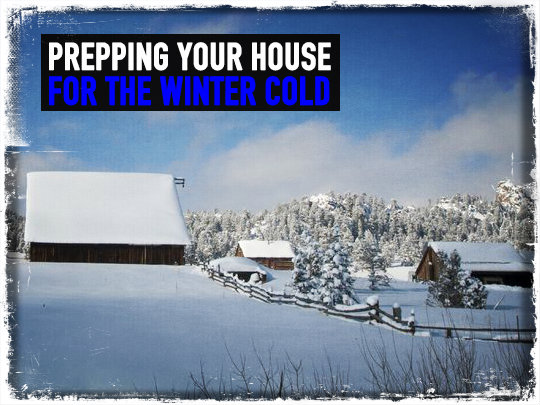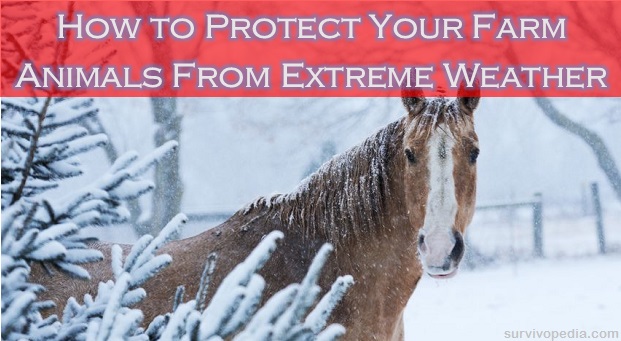
It is winter and yes it comes every year. You should expect cold weather, but this year it seems extreme cold is reaching further south than normal and the cold is creating problems for those not prepared for its effect on their homes. In northern areas of the country homes and business are constructed with the cold in mind in particular when it comes to water supply lines.
Frost Line
Do you know what your frost line depth is in the area in which you live? Frost line or freezing depth is the common or average depth at which groundwater would freeze. Things that would affect water freezing in the ground would include buildings, snow cover, concrete, or asphalt cover, all of which provide insulation to any water pipes running underneath.
The frost depth in Minnesota for example is five feet, so water pipes running to your home from the water service company or your own well would have to be buried below five feet to prevent the pipes from freezing and disrupting your service.
As you get farther south, the depth at which water freezes in the ground decreases. Three feet is considered average in many southern states that experience cold weather but given the extreme cold, your pipes may freeze in the ground below the established averages.
If your home is built on a concert slab, which means you do not have a crawlspace or basement then your pipes are run from the supply up through the slab to user points inside the home. The ground insulates the pipes up to your home.
In cold weather you can open the cabinets under sinks to allow warm air to circulate around the plumbing to keep the pipes warm. Let the faucets drip water in extreme cold, because moving water does not freeze as easily.
Do you have any plumbing that may run along an outside wall, this would be plumbing that would be run to service faucets, toilets and showers for example on a second floor. Plumbing along an outside wall can freeze if the wall and/or pipes are not insulated properly.
Uncouple any water hoses and cover all outside spigots. If you have separate shutoff valves for your hose bibs then shut them off, and then open the spigot to drain the water. There are freeze proof spigots for outdoor faucets that drains the water back from the service point closet to the cold air, it is important however that you uncouple your water hoses. The point where the water pipes meet the spigot are susceptible to freezing and the farther under the home they are the less apt they are to freeze.
Crawlspaces
If your home has a crawlspace then it is likely that all plumbing is run under the home. It usually is attached to flooring joists and then run to all service points. Whether you have your own well or are on “city water” you will have a main line that enters under the home at some point. The main line is susceptible to freezing if it is not properly protected.
Service points usually run through a water pressure regulator then up to faucets, showers and so on. Service lines are run along the joists and are the least susceptible to freezing because they are farther from the outside walls of the crawlspace. Some crawlspaces may not have walls at all. In some southern states the crawlspace is enclosed to keep animals and insects out, but this covering would do little to keep out the cold.
Insulate your pipes using pipe sleeves or use a quality heat tape that can be wrapped around the pipe to provide constant heat, and you will of course need a common household receptacle for the heat tape. Even newspaper could be used in an emergency to insulate your pipes, if using newspaper wrap so there is at least a 1/4 inch around the pipe.
Thawing Frozen Pipes
First do not try to thaw pipes with a blowtorch or use any open flame device under a crawlspace or in a cabinet in the home. Open the faucets before attempting to thaw the pipes.
You can use propane or electric space heaters to warm the area around the pipes or you can wrap the pipe with an electric heating pad. Just be careful of water contact with any electrical device. Hair dryers could be used on PVC and other plastic pipe and heat guns could be used on copper or galvanized piping. Do not use heat guns on PVC or other plastic type material such as “PEX”.
Other options include pouring warm/hot water over the pipes or wrap the pipes with towels soaked in hot water.
Check all user points inside the home to make sure all have water. The main line could be frozen and other lines to specific points could be as well, so all have to be checked to ensure you have water coming out of all faucets, showers, tubs, washers, dishwashers and so on.
Keep all ventilation openings in the crawlspace closed in the cold months and you can add insulation to the vents from the inside. Pipes running close to the vents will freeze first if not protected.
Insulation
Proper insulation will prevent heat loss. Heat conducts from warm to cool so the warm air inside your home is always looking for an escape route. Insulation stops the heat from conducting to the cooler air outside.
Most energy companies offer free energy audits. An audit is beneficial because you can discover where heat is being lost. Doors and windows account for most of the heat loss, and these areas are usually tested during the audit. Thermal imagery may be used as well to determine heat loss through walls and ceilings.
The person conducting the audit will tell you if your insulation has the proper “R” rating for your climate zone. See the chart below and zones five to eight will be the coldest zones in the United States while zone one, for example, would be the warmest area, and would include extreme Southern Florida and Hawaii.
Insulation-Zones
Table above courtesy of enerystar.gov
Energy costs of course always seem to go up but never seem to come down so it is important you get the biggest “bang for your buck”. You want to contain the heat for as long as possible inside your home, and good insulation will do just that.
If you find your furnace is cycling on and off to often then you may want to look into the causes. Your furnace should be able to get the home up to the set point and in some cases may have to get one degree above the set point to shut off.
Once off how long does your home maintain the temperature? Again depending on how the thermostat is programmed it may have to cool one degree below the set temperature to turn on the furnace.
If your home is cooling off to quickly you may need to have your insulation inspected, caulk your windows, and make sure there are no gaps around outside doors that would allow warm air to escape.
Most thermostats have a program that allows the user to set the swing temperature. You may want the heat to come on when the set temperature and room temperature are the same. This would also shut the heat off when the room temperature is the same as set temperature. You can go the other way as well to keep the unit from cycling on and off as often, but the home would cool down more before the heat came on. There are pros and cons to each setting so you have to decide what works best for your situation.
The post Prepping Your House for the Winter Cold appeared first on Preparing for shtf.
Source: prepforshtf.com
Source: http://prepforshtf.com/prepping-house-winter-cold/



